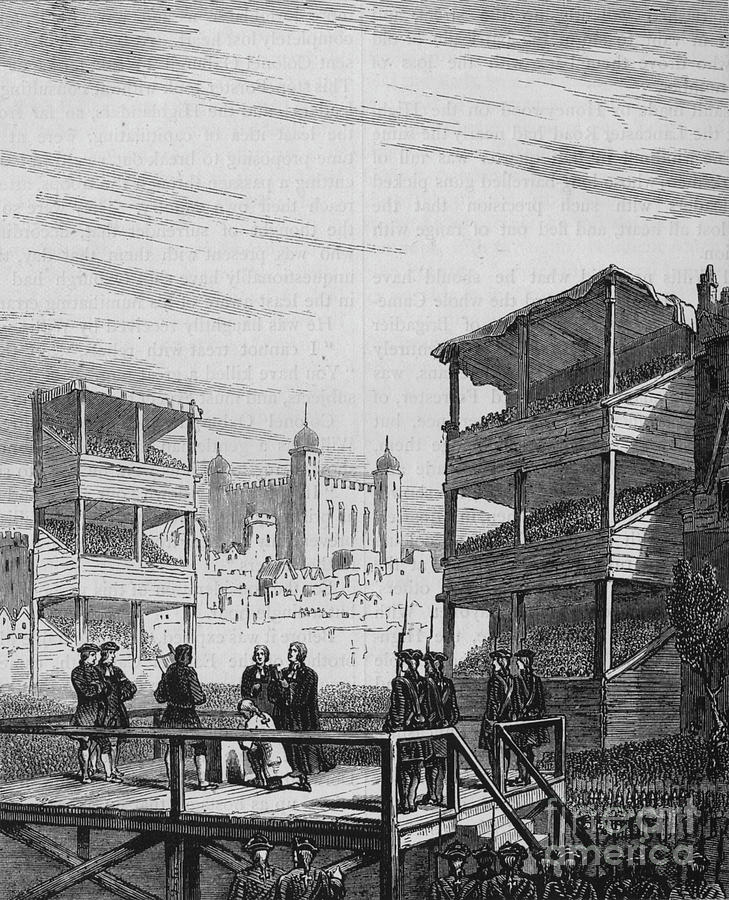306 years ago, on February 24th 1716, James Radclyffe, the third Earl of Derwentwater, was beheaded in Tower Hill for his participation in the Jacobite riding of the previous autumn. Also beheaded on that occasion was Lord Kenmure. The Earl of Nithsdale avoided the same fate having staged his spectacular escape from the Tower the day beforehand.

James Earl of Derwentwater
Portrait by John Closterman
Image: antiquemarketsinc.com
The Earl of Derwentwater was a grandson of King Charles II, as his mother Lady Mary Tudor was one of his illegitimate daughters, and the Earl was thus a cousin of the claimant King James III and VIII, and had been a companion of him during their youth. Derwentwater’s personal tragedy meant that he became a figure of romantic legend in Northumberland around his estate at Dilston Castle. The Wikipedia biography of him can be seen at James Radclyffe, 3rd Earl of Derwentwater
His family were unlucky as his only son died young at the age of 19, and his next heir, his younger brother Charles was captured returning from exile and executed in 1746 under the attainder passed on him in 1716. His descendants were married into the family of the Earls of Newburgh. Although the Radclyffe line died out that Earldom still survives as part of an Italian Princely inheritance, as can be seen at Earl of Newburgh
Earl James has been in the news recently in connection with a delayed exhibition at the Museum of London in Docklands. This is about the culture which surrounded executions in the capital and one of its exhibits is a bedsheet used by the Earl when imprisoned in the Tower. His widow, who died in Brussels in 1723, embroidered it with a commemorative inscription in what appears to be both their hair. The sheet was acquired by the Museum in 1934 but has not been on display before. There is an article about it from the Mail Online at 300-year-old bedsheet with love message in human hair to go on display

The execution of the Earl of Derwentwater
An engraving published 1880
Image: photos.com


No comments:
Post a Comment